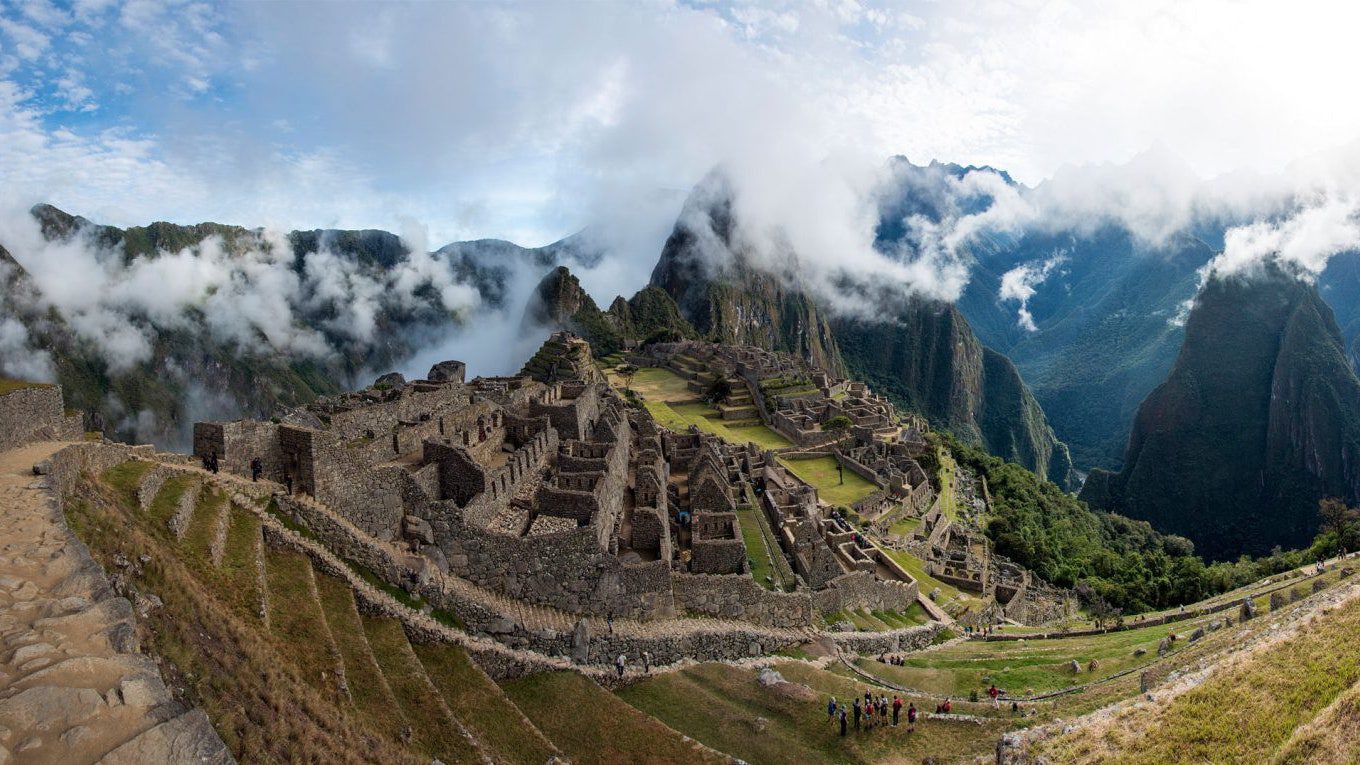The seven wonders of the ancient world are a testament to human achievement and ingenuity. Despite many of them no longer existing, they continue to fascinate people around the world. From the massive Great Pyramid of Giza to the intricate Hanging Gardens of Babylon, each wonder reflects the unique culture and civilization that created it. Interestingly, only one of the wonders, the Statue of Zeus at Olympia, was built by the Greeks themselves. The rest were constructed by other civilizations, showing the cross-cultural exchange that was happening even in ancient times. While there are many modern lists of wonders, none quite match the historical significance and awe-inspiring nature of the original seven wonders.
1. The Great Pyramid of Giza
The Great Pyramid of Giza is the largest of the seven wonders of the ancient world. It weighs over six million tons and is made up of over two million limestone blocks. It is also the only one of the seven wonders that still exists today. The construction of the pyramid was completed in 20 years, and it is believed that it was built to be a tomb for Pharaoh Khufu.
2. The Hanging Gardens of Babylon
The Hanging Gardens of Babylon are one of the most talked-about wonders of the ancient world. However, there is no archaeological evidence that proves their existence. Ancient texts mention the gardens, but their location has not been found. Many historians believe that the gardens were actually in Nineveh, not Babylon.
3. The Statue of Zeus at Olympia
The Statue of Zeus at Olympia was a massive statue that stood over 40 feet tall. It was made of ivory and gold and was built in the 5th century BCE. The statue was destroyed in the 5th century CE, and its exact location is unknown.
4. The Temple of Artemis at Ephesus
The Temple of Artemis at Ephesus was one of the largest temples in the ancient world. It was destroyed and rebuilt three times. The final version of the temple was seven times larger than the Parthenon in Athens. Today, only a few columns of the temple remain.
5. The Mausoleum at Halicarnassus
The Mausoleum at Halicarnassus was a tomb built for Mausolus, the ruler of Caria. The tomb was over 135 feet tall and was built in the 4th century BCE. Today, only a few columns of the tomb remain.
6. The Colossus of Rhodes
The Colossus of Rhodes was a massive statue of the Greek god Helios. It was over 100 feet tall and was built in the 3rd century BCE. The statue stood for only 56 years before it was destroyed by an earthquake.
7. The Lighthouse of Alexandria
The Lighthouse of Alexandria was one of the tallest structures in the ancient world. It was over 400 feet tall and was built in the 3rd century BCE. The lighthouse was destroyed by earthquakes over the years and no longer exists.
8. Only one of the wonders was built by the Greeks
Of the seven wonders of the ancient world, only the Statue of Zeus at Olympia was built by the Greeks. The rest were built by other civilizations such as the Egyptians and the Persians.
9. The first list of the seven wonders was created by Antipater
The first list of the seven wonders was created by Antipater of Sidon, a Greek poet, in the 2nd century BCE. The list was made up of the Great Pyramid of Giza, the Hanging Gardens of Babylon, the Statue of Zeus at Olympia, the Temple of Artemis at Ephesus, the Mausoleum at Halicarnassus, the Colossus of Rhodes, and the Lighthouse of Alexandria.
10. There are many modern lists of the seven wonders
Over the years, many modern lists of the seven wonders of the world have been created. These lists include natural wonders such as the Grand Canyon and man-made wonders such as the Panama Canal. However, none of these modern wonders have the same historical significance as the original seven wonders of the ancient world.
